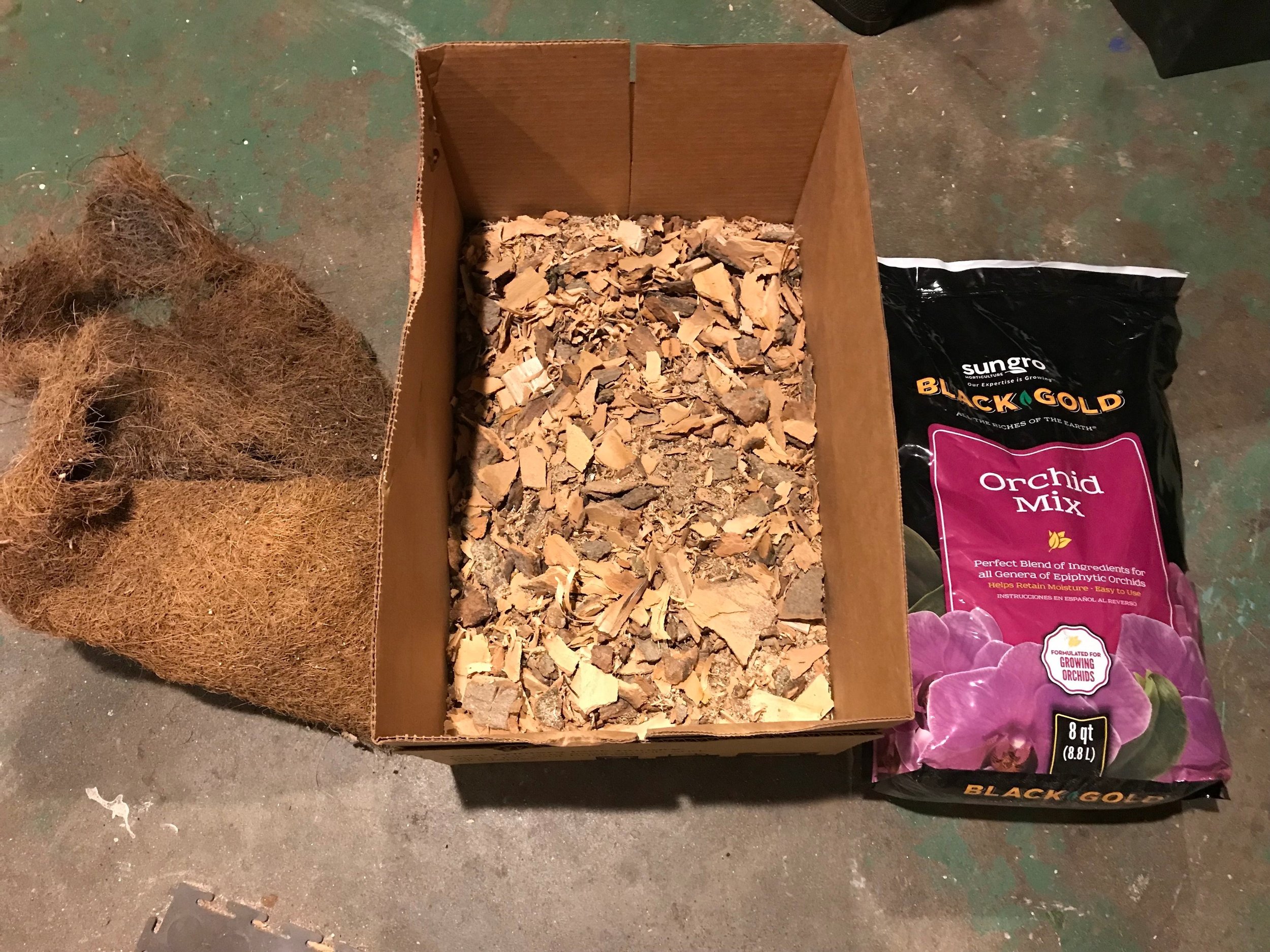In 1939, a humble maple sapling was planted in a yard. In the house with this new tree, a young girl named Joan lived. Through the following years she grew up, took care of the tree, married a man named Jay, had children, and retired.
Fifty odd years after the initial planting of the tree, I was born. I grew up on that now sun-dappled lane, across the street from Joan. I waited every August for the first signal that the school year was approaching; which was announced in the first colours appearing on the leaves of Joan’s maple tree.
After nearly eighty years however, the tree was nearing the end of its life. disease had hollowed out its trunk, and dead branches were quickly outnumbering living. One fall day, with Joan and the neighbours looking on, they chopped down the tree. Some there gathered firewood from the branches and trunk, some watched in silence. My father spied a particularly interesting knotted section of the tree, a fork with hollowed branches laying on the grass. He asked permission from Joan to keep it for posterities sake, and it passed into my possession.
For a few years, the big ugly chunk of wood sat ungraciously in my parents basement as many other odd bits of machines and lumber do; awaiting a project to call its name.
In the late fall of 2018, I was visiting my parents, and remarked how nice it would be to build some arrangement for my mothers orchids. I thought it might be nice to build a little display from wood, when the memory of that chunk of tree popped into my head.
The idea of building a display habitat for the orchids would be the perfect mix of woodworking and gardening. Many orchids are naturally epiphytic, meaning they live entirely upon other plants. Many times they can be found growing in hollows or crooks of large jungle trees, pulling nutrients from the detritus that falls into their area. I thought it might be nice to mimic their environment, and maybe even add in a few other epiphytic species to the ‘habitat’
And so I started work on the piece.
The first step was debarking, which was pretty straight forward and very satisfying. Then I had to open up the two upper branch holes which I accomplished with seemingly every tool I could find in the shop: sawzalls, flap disks, wood rasps, butane torches… This was less satisfying, and involved a lot more head scratching and ‘back to the drawing board’ moments. These hollow branch holes will be the home of some of the plants, so I needed to open them up to allow access for the plants roots to the soil lower down in the trunk. Below are some pics of these steps.
After this, I took a torch across the whole piece, and then scrubbed with some light sandpaper. This helped to deepen the sculpture’s colours, and bring out some highlights where the grain was making wonderful natural patterns. After burning, I made the risky move to apply my favourite mahogany stain to the piece. I knew that it would either make or break the final look; taking away all the beautiful highlights and colour contrasts of the natural wood, or help to add a more leathery, jungle feel to the wood, and let it recede into the background of the final habitat. Personally I think the stain worked out incredibly, especially later on when it is contrasted with the bright green of the plant foliage.
Part of me wanted to leave the sculpture here, as the beautiful shape was enough of an art piece for me already. But I was too excited about seeing the wood come back alive with the introduction of epiphytic plants! Brian (who’s hand is featured heavily in my build photos) and I then went on a moss mission in the local forest, hoping to score some different species to apply as a base to the habitat. We got lucky, finding a few different mosses, including some small Dendrolycopodium dendroideum (prickly tree-clubmoss), which are some of the oldest vascular plants on Earth! (Side note here: in researching the prickly tree-moss’ scientific name for this project, I found out that the spores of these little plants were used as the first commercial flash-creating material for photography, which happens to be another hobby of mine. Funny how these things connect.) Anyways, the mosses fit in perfectly with the sculpture, looking like miniature saplings growing against the large main trunk.
Finally, It was time to fill the habitat with the epiphytes. First step was mixing up the leftover bark and potting mix to sit inside the hollow trunk as the growing medium. Next was placing the plants, with lots of faux-wisdom of feng shui and the design aesthetics of ikebana we discussed where to place everything . Finally, I added more moss around the orchids, and attempted to paint a homemade buttermilk-moss slurry onto the habitat (allegedly its a ‘grow moss anywhere’ trick, but so far nothing).
Finally just to have a little fun we took a little photoshoot of the final product, which I think looks quite dignified, in a simple and pleasing manner.
And so, 80 years after that humble maple tree was planted in front of that little house, a piece of it continues on, in one form or another. I dont know what that means in the deeper sense, but it feels good.


























